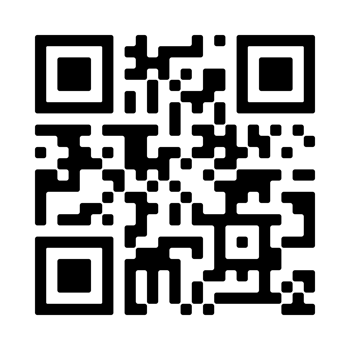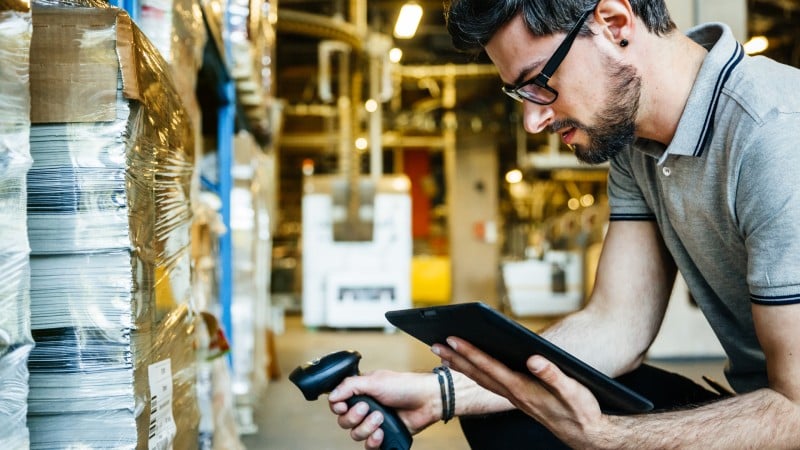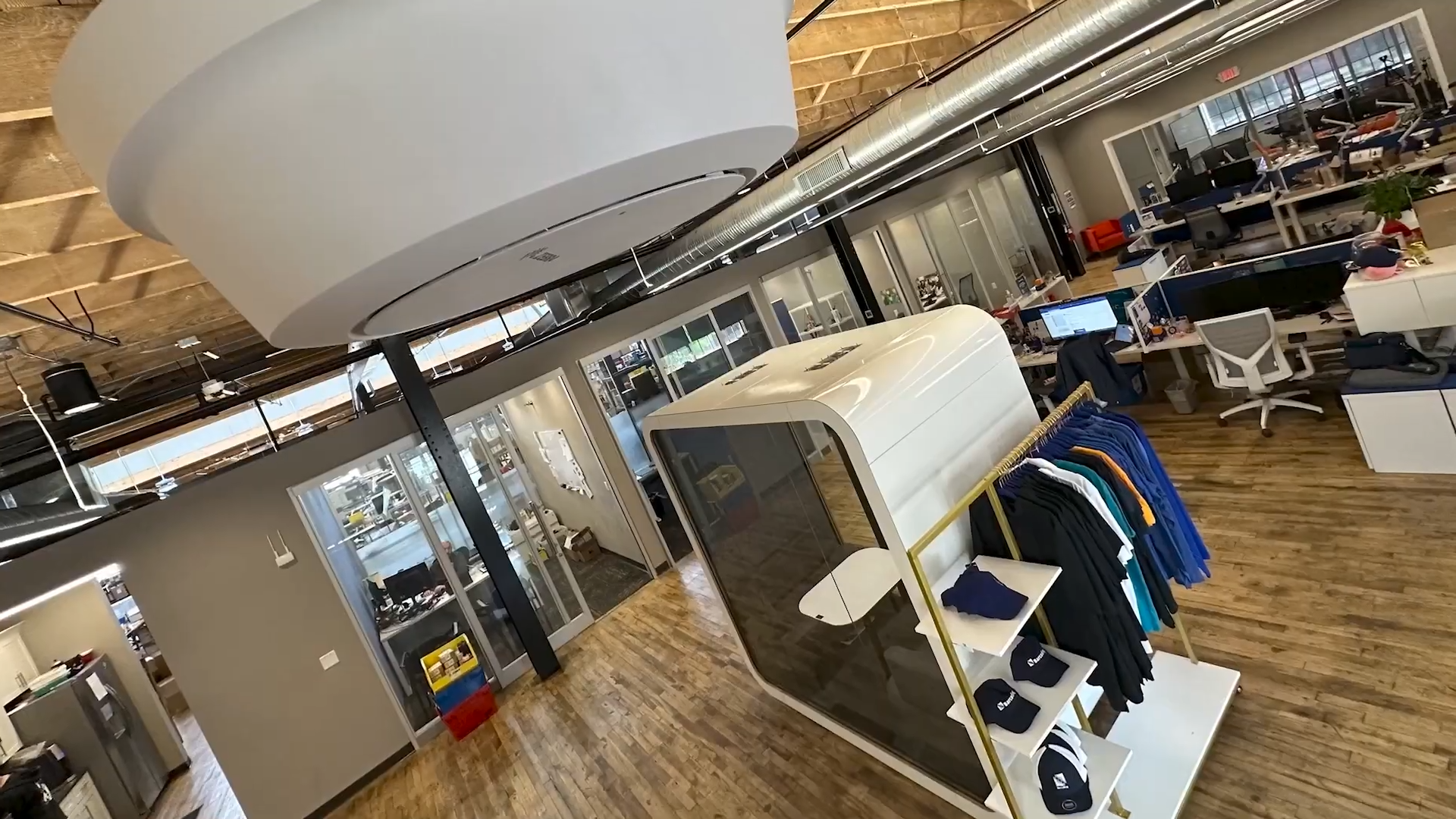People often use the terms “two-dimensional barcode” and “QR code” interchangeably, but that might be a bit misleading. That’s because quick-response, or QR codes, are 2D barcodes … but not all 2D barcodes are QR codes.
That’s right—there are several 2D barcodes, and a QR code is just one of them.
So, to understand the differences between 2D codes and QR codes in particular, let’s inspect their characteristics, uses, and differences.
What Makes Two-Dimensional (2D) Barcodes Useful?
When people talk about QR codes and barcodes, they often envision linear or one-dimensional barcodes that store information. Barcode labels incorporate horizontally arranged vertical bars and spaces of varying widths to represent data. Laser or light-based scanning devices are used to detect, decode, and interact with these basic barcode asset labels.
While 1D barcodes continue to serve important data capture uses, they have their limitations—in particular, the symbology requires a lot of space, so users who need a label that can store a lot of information, or one that can fit on a tiny item, might rather look to 2D barcodes as a better option.
Unlike linear barcode labels, 2D barcodes use both the vertical and horizontal dimensions, and incorporate combinations of various geometric shapes like dots and squares in unique patterns that can also be scanned for an asset or inventory management system, for example.
Where 1D barcodes can become quite long as more information needs to be incorporated, many (though not all) 2D barcodes are contained within a square shape. Plus, even with more data, the label size can be kept quite small. The QR code is a good example of this:

But a QR code isn’t the only type of barcode in the 2D family. Other popular 2D barcode types include the Data Matrix and PDF417 barcodes.
Data Matrix Barcodes
The Data Matrix encodes up to 50 characters on a label that can be read at sizes as small as 3mm2, and can store up to 2,335 alphanumeric characters, up to 1,556 bytes of data. The design is a matrix of black and white cells, or dots, arranged within a square or rectangular shape.
Data Matrix labels are often used in industrial engineering applications and on electrical components, since it’s especially popular for labeling small items. Data Matrix codes are sometimes marked directly on parts in manufacturing using inkjet, dot-peen, laser, and etching as label printing processes.
While mobile device cameras can sometimes read Data Matrix codes, these labels are often used to encode proprietary information, so they’re not readily decodable for public use.
PDF417 Barcodes
This type of stacked 2D barcode is often seen on postal and shipping labels, personal identification applications like REAL ID-compliant drivers’ licenses, and even airline boarding passes. “PDF” stands for “portable data file,” and the “417” refers to four bars and spaces within a design that’s 17 units in length. The PDF417 design is book-ended with a start pattern on the left and a stop pattern on the right.
Unlike other 2D barcodes that are scanned using image sensor technologies, PDF417 labels are decoded using linear scanning.
Aztec Barcodes
The Aztec 2D barcode is another matrix-based technology. It uses a bulls-eye at the center to enable the scanner to locate the code, and it doesn’t incorporate quiet zones, enabling it to use less space than other 2D barcode types. While it’s not designed to be scanned using a smartphone, the Aztec barcode displays well on a consumer smartphone—so it’s commonly used for mobile boarding passes in airline applications.
2D Barcodes vs. QR Codes: What’s the Difference?
Once again, a QR code is a specific type of 2D barcode. As the name (Quick Response) implies, the QR code enables instant consumer access to the data associated with the label. It’s easily scanned and decoded by mobile digital devices, including consumer smartphones, many of which have built-in QR reading capability. Older devices may need an app download, but just about any smartphone with a camera can scan a QR code.
The QR code can be read in two directions: top to bottom and right to left. It can incorporate up to 4,000 text characters, making it an ideal way to transmit URLs or other contact information. QR codes are popular for use in marketing and advertising, to send users directly to a web page or an app download, or to authenticate a user at login.
Along with its applications in supply chain and asset tracking, many consumers have become much more comfortable with the QR code since the pandemic sparked more use of “touchless” technologies. Restaurants replaced printed menus with QR codes that take patrons to an online menu. QR codes have been used to transmit vaccination records and COVID-19 test results.
It’s also important to recognize that this universality may point to a potential concern about QR codes: malicious actors. Because they’re not readable by humans, QR codes could be used to send consumers to phishing sites or to transmit malware.
Which 2D Barcode Type is Best for Your Application?
Aside from basic recommendations or common usage, how do you know which type of barcode is the best match for your inventory, assets, or products? The answer depends on many factors, including:
- Environment. Will items be scanned at retail, for example?
- Data. How much, and what types of information and characters need to be supported?
- Real estate. How much space is available on the item or package?
- Label materials. Substrates and print technologies can affect your choices.
A lot more goes into choosing the right barcode, scanning, and asset management solutions for your industry, operations, and users. Getting the right guidance before, during, and after implementing a barcoding system and an asset management solution like IntelliTrackⓇ can enable your teams to achieve visibility into key enterprise data like they’ve never seen before.
Learn more about how these solutions can streamline inventory and asset tracking and management and make work easier and more productive for IT asset managers, operations managers, facilities, finance, and more. Just click below to see the difference accuracy and visibility can make.







